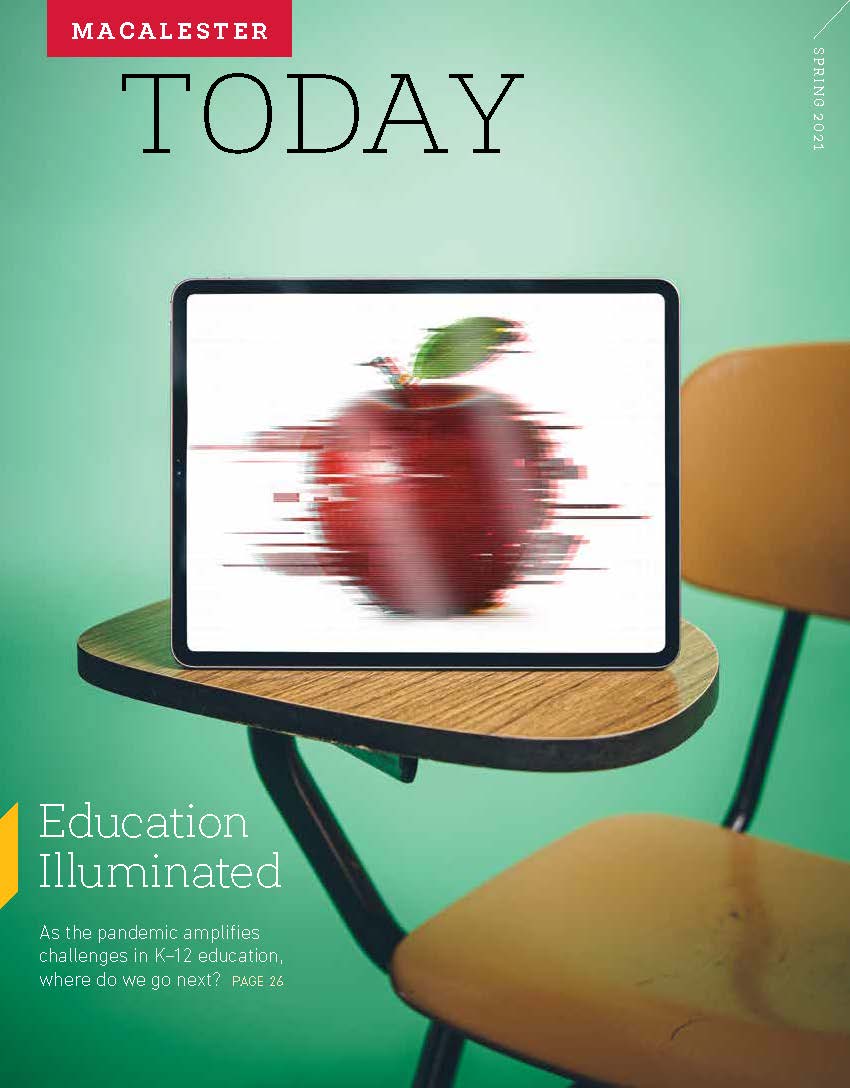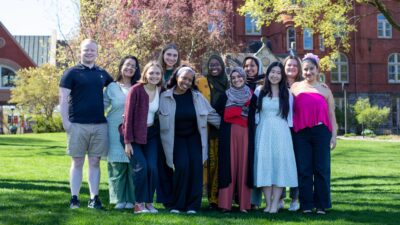
By Rebecca Edwards ’21
Before they graduate, seniors close their years at Macalester by digging into an in-depth capstone project. We asked a few how they approached this assignment—and what they learned.
How math shaped the search for what we’re made of
“Back in the 1960s, physicists predicted the existence of subatomic particles called quarks that make up the matter that we see in the universe. For this, they relied on representation theory, a branch of mathematics dealing with symmetries in nature. I studied representation theory and reproduced the results from the ’60s. By studying properties of particles found in nature and plotting these, I found that these plots resembled a specific aspect of representation theory. Analyzing the mathematics allowed me to predict results in the physical world, just like the scientists in the ’60s.
I’m a physics and math double major, and one of the challenges was accessibility: these are advanced topics involving a lot of physics, but I was presenting to math students and professors. I had to find a balance that wouldn’t involve too much physics for my math class, and it was important to me to make sure that this project could be discussed in a way that people could really understand.” –Diego Lopez Gutierrez ’21 (Lima, Peru)
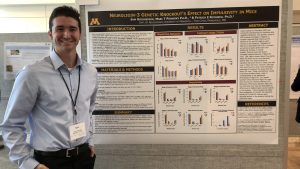
Feeling risky? Blame the left side of your brain.
“We know in neuroscience that the right hemisphere of the brain is the social side. But when it comes to risk-taking, the left hemisphere is the risky side and the right is the cautious side. I looked at the right side of the brain to see what was going on there during peer pressure to take risks—to see whether the cautious or social element was dominant.
The brain and body are contralaterally mapped, so the participants of our experiment used a hand gripper in their left hand to activate the right side of the brain, or vice versa. Then we gave them a modified version of the Iowa Gambling Task, where they had to pick cards in order to win money, but before they picked they were told which card a previous participant had selected to activate a peer-pressure response.
Our results were really interesting: the groups that activated the left side of their brain took more risks when they were pressured to be risky than when they were pressured to be cautious or not pressured at all. But for groups that activated the right side of the brain, there was no difference no matter the pressure. We could start to conclude from that research that the cautious element of the right side of the brain has greater dominance than the social element under a peer-pressure situation.” –Sam Hochberger ’21 (Maple Grove, Minn.)
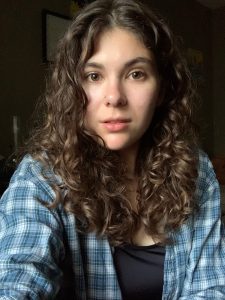
Changing curriculums, collectively
“I argue that the way to address colonialism in education democratically is through involving the community, parents, and teachers, and by creating a more culturally responsive curriculum that addresses white violence. In the model I proposed, that starts with prepping teachers, students, and community members to go through a year with monthly workshops led by people of different ages and community statuses, to really start to understand the impacts of colonialism in education. At the end of the year, the goal is to see curricular changes that are created not just by the educators but by every stakeholder in the community.” –Lily Alexandroff ’21 (Oak Park, Ill.)
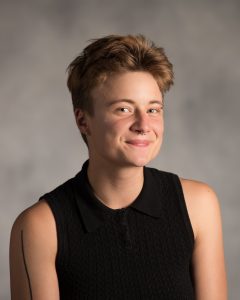
Finding joy in uncommon places
“Queer theorist José Esteban Muñoz says that queer utopia is created by individual moments in the present in which queer people are performing their imagined futures in everyday spaces. I thought that public restrooms would be a really useful space to create a trans utopia—combining that with how site-specific dance can change the meaning of a place to the dancer. I’m choreographing a piece that I’ll perform in a men’s bathroom in Janet Wallace Fine Arts Center. Men’s bathrooms are places where I feel very watched, places that sometimes feel closed off to me as a trans student, so I started thinking, what would it look like to make a dance for that space that’s intentionally joyful? I want to take that with me into my work in drama therapy: the ability to make the space around you whatever you need it to be, to have those resources within your own body and imagination.” –Adar Kamholtz-Roberts ’21 (Evanston, Ill.)
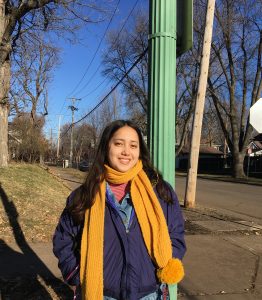
Generational trauma
“Through interviews with Hmong individuals in the Twin Cities and Hmong scholars, I studied how Hmong and Hmong American identities have been shaped by their experiences with migration, refugee experiences, and war. Though our findings are relatively preliminary, one of the interesting themes that has come up in my conversations and research is this aspect of intergenerational trauma. Even if you haven’t experienced something traumatic directly, if your family has, that can be passed down and experienced in younger generations. I also learned about all the different ways in which the Hmong community has documented their stories, to preserve their history and pass it down to younger generations.” –Anisha RajBhandary ’21 (Portland, Ore.)
March 30 2021
Back to top